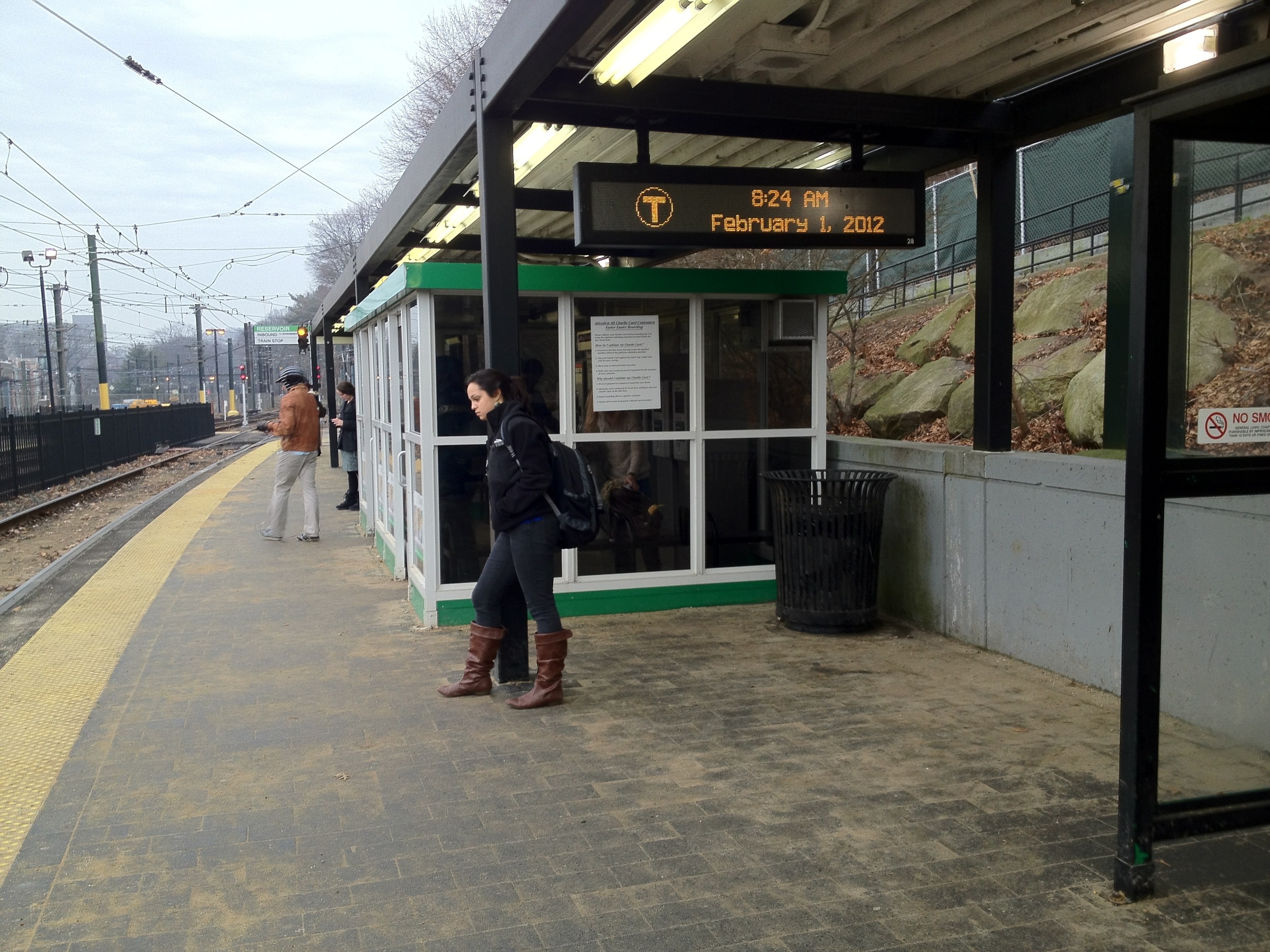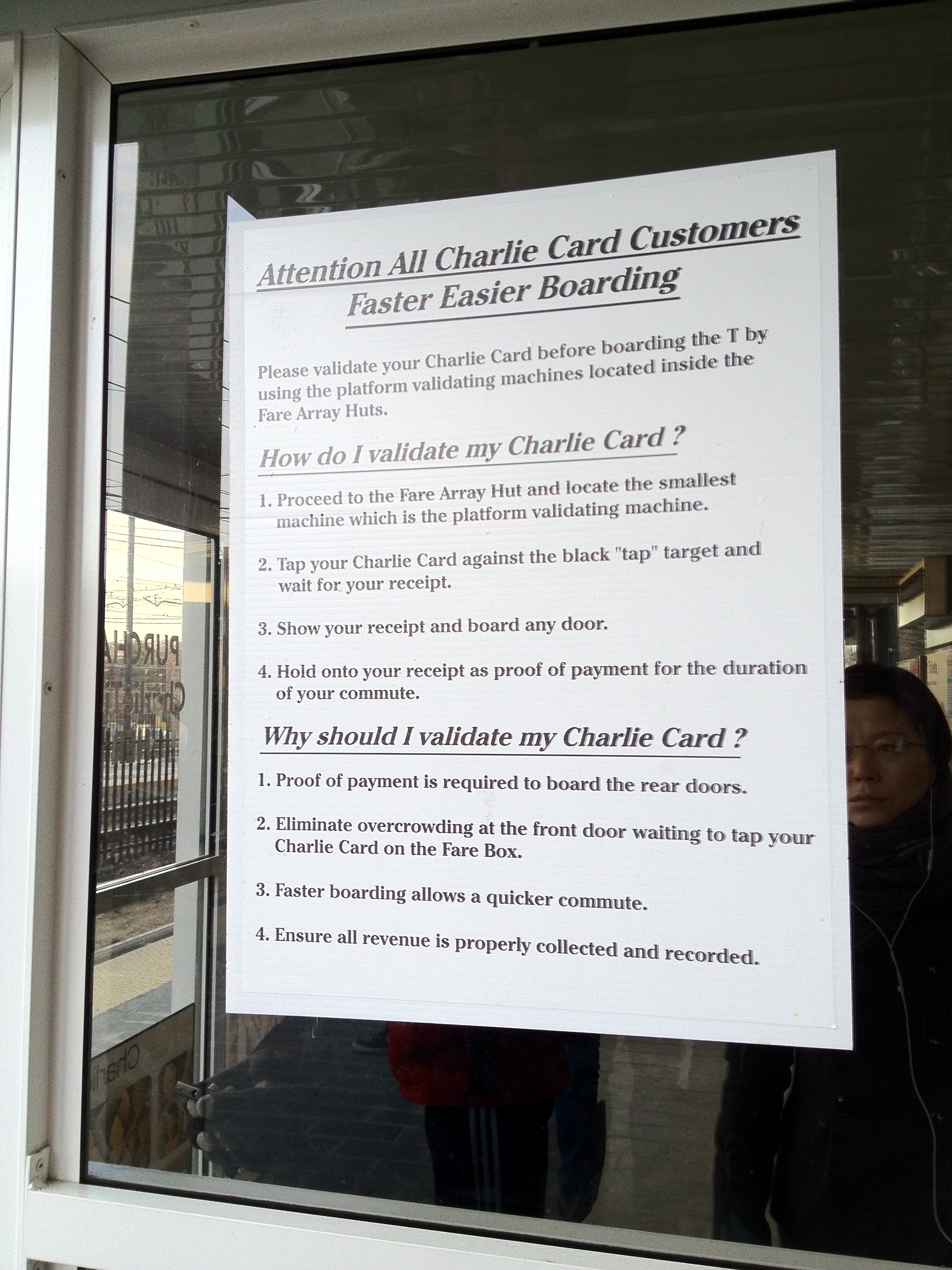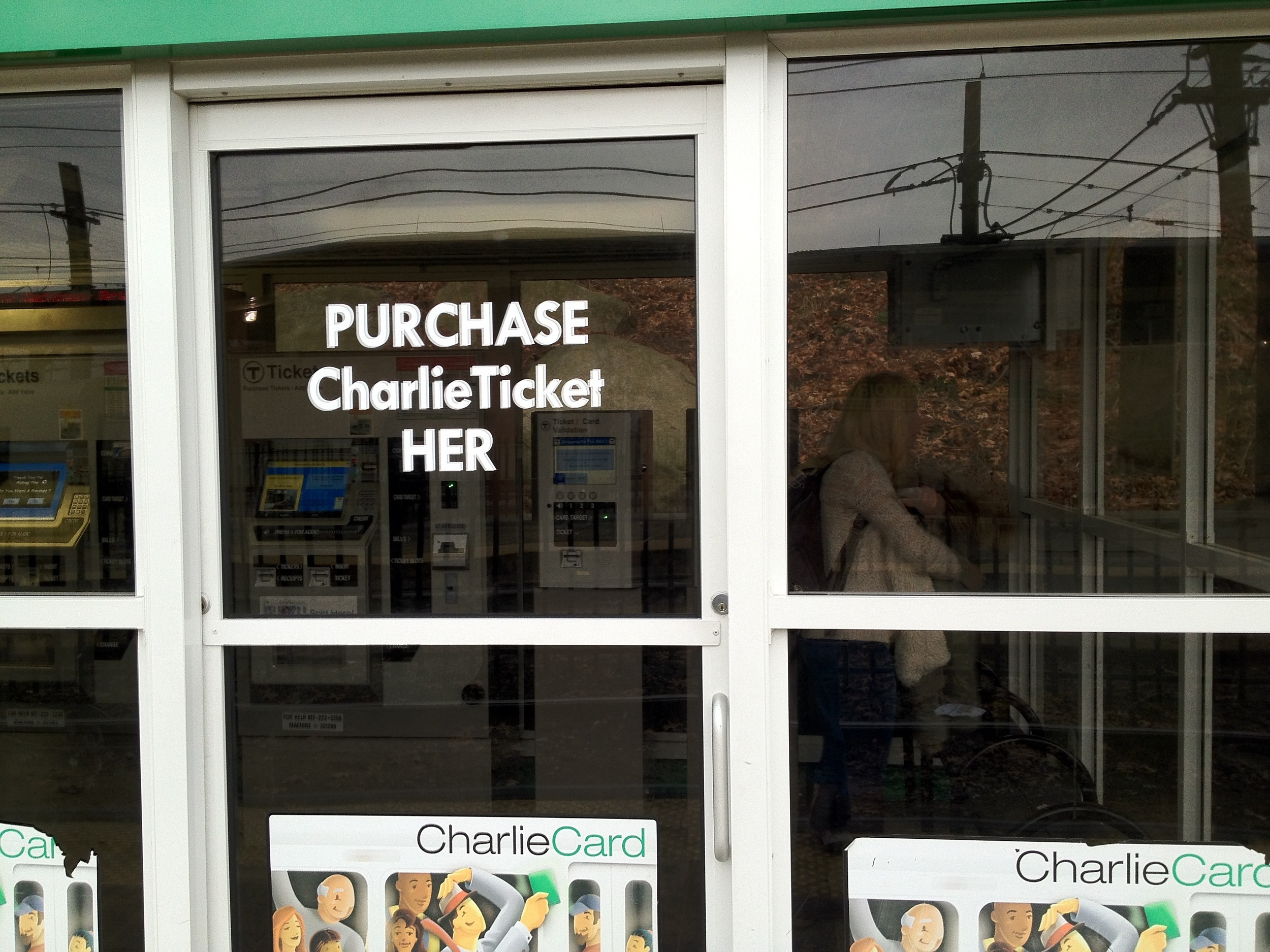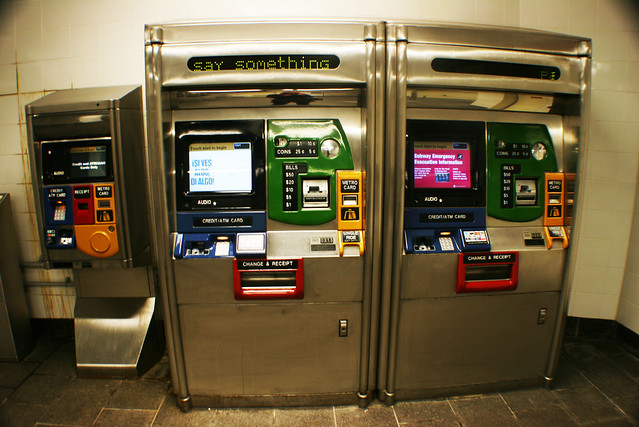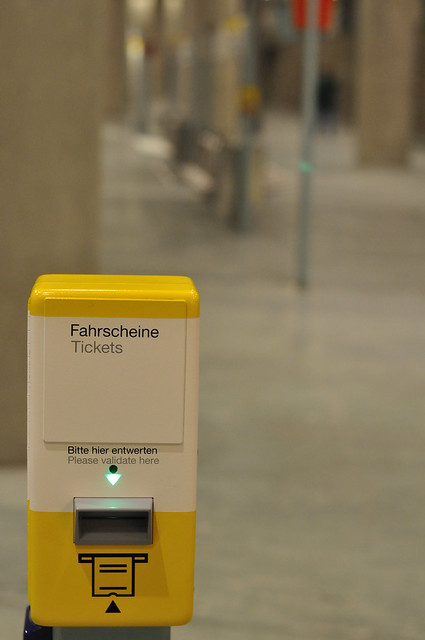
MassDOT Takes Pretty Pictures as Green Line Extension Gets Underway
 Work is finally underway for the much-awaited first phase of the Green Line extension north to Medford. Last December, MassDOT issued the first contracts to Barletta Heavy Division and followed that with the go-ahead to start construction on a set of demolitions and bridge widening projects that will, according to the MassDOT web site:
Work is finally underway for the much-awaited first phase of the Green Line extension north to Medford. Last December, MassDOT issued the first contracts to Barletta Heavy Division and followed that with the go-ahead to start construction on a set of demolitions and bridge widening projects that will, according to the MassDOT web site:
- Reconstruct and widen the Harvard Street Rail Bridge in Medford
- Widen the Medford Street Rail Bridge in Somerville
- Demolish 21 Water Street in Cambridge in preparation for the construction of the new Lechmere Station under Phase 2/2A of the GLX project
- Construct retaining walls and noise walls adjacent to the Harvard Street Rail Bridge
- Relocate MBTA Commuter Rail tracks in the Harvard Street Rail Bridge area
- Upgrade and replace existing storm drain system between Harvard Street and Granville Avenue
These projects will continue for 2 years until March of 2015. During that time, the state plans to maintain its transparency and documentation through photos. According to Joe Pesutauro of the MBTA:
With strong support from the Green Line extension team, DOT Communications staff has done a total of 53 separate posts with Green Line Extension meeting, outreach, and construction information since the MassDOT blog debuted 50 months ago. More than one [post] per month on average and more than on any other single MassDOT/MBTA project.
Each of those posts was accompanied with a Tweet and link on Twitter. Each such item is now also posted on our more recent MassDOT Facebook page, including two FB posts within the past week- one on the upcoming meeting and one displaying one of the Flickr construction photos. We have a Flickr set established to add future construction photos. All this in addition to the separate efforts on T social media.
The biggest highlight is MassDOT's latest album on Flickr, which captures the construction and is a great visual progress update. MassDOT has been doing this for some time to show very occasional and infrequent updates on bridge construction for the Accelerated Bridge Program, but the MTA has been posting album after album of construction updates for even less time. MassDOT started in the summer 0f 2009 with 1,165 uploads while the MTA has uploaded over four times that in half the time, starting with its first post in March of 2011.
Granted, the MTA has at least one dedicated photographer, but it has roughly the same number of ongoing capital projects and maintenance needs as MassDOT and the MBTA combined. Suffice it to say, MassDOT's planning site is well-organised, but much of the information is either hidden deep within many clicks or in lengthy PDF documents; the closest thing to a dashboard is the 'Projects' tab on the main MassDOT page. The MBTA's project page is slightly better, but is a simple table that doesn't give indication of scope or size of projects, instead listing project statuses. Deeper in, there isn't much consistency to project documentation, impact, or even format.
Other agencies have varying levels of success with building project dashboards. The CTA has a presentable planning site that highlights major upcoming projects. BART's project site is incredibly accessible through its good design via simplicity. SFMTA's site is more text-heavy, but highlights major projects well, perhaps only by default because they have fewer but wider-scoped projects. Washington Metro also has a very text-heavy project page littered with links to PDFs, but many of these are studies and preliminary analysis for projects and are well-organised into major categories on a single page. WMATA even has a rider-oriented blog-style site called PlanItMetro for focused feedback and updated on various projects, similar to MassDOT's blog. The NYC MTA, which has far more ground to cover than most in gaining public trust, has the best capital projects board; the capital projects are organised by division, similar to the way our capital projects are presented, and outlined with a breakdown of estimated and actual cost and deadline with notes for any discrepancy.
NYC's MTA arguably has bred a similar, if not deeper, strain of distrust as the MBTA and re-constituted MassDOT, which didn't exist until nearly four years ago. The MBTA/MassDOT need this kind of visibility and information accessibility. The T and MassDOT/former EOT have come a long way to show that they hold themselves accountable to its stakeholders outside of hour-long update meetings, regardless of whether the current people in leadership are responsible for the decades of actions that have bred the distrust in the agencies. A Flickr or Twitter feed or even Facebook page are more accessible than a physical meeting or even a PDF of the PowerPoint presentation from the meeting posted to the web.
The Green Line Extension does have a Facebook page, but as of this writing is not linked from the main project site, which suffers the same disjointed branding, presentation, and deep linking of information as many of MassDOTs other project pages. This capital project is the most promising in being a consistently transparent project through regular photo updates, but this consistency needs to be pushed across all projects and start well before any shovels hit the ground. This will be hard for the much maligned and beleaguered agencies, but both Secretary Davey and MBTA GM Scott deeply know and daily act on how important transparency is to public accountability and trust. While they're just getting started turning things around, many others in their field are leapfrogging past them and we can learn from those advances going forward.
Fare Collection and Validation a Branding Problem for the MBTA
Every day on the Green Line, hundreds of light rail trains open their doors to let passengers board and many folks board through the back. In many other countries, this isn't so much a problem since fare collection usually happens on the platform. Here in Boston, fare evasion is a way of life because not all platforms have fare validation machines and the ones that do barely make clear what they're for.
Gator board signage has shown up at many stations with instructions on how to validate and why. They are very text-heavy and in the same style as the press release-style, copy-pasta signage that I first sought to correct and eliminate three years ago when I first started this blog.
Taking Resevoir as an example of this failure to bring attention to instructional signage and design that signage well, we see that the sign doesn't stand out at all as you come down the stairs onto the platform. If you're coming from the other side of the booths, you won't even notice a sign because there isn't one.
As riders come closer to the sign, it becomes apparent that the sign is a wall of text. If you actually read it, you learn the MBTA calls these booths 'Fare Array Huts'. Otherwise, there is no clear warning about the penalty for fare evasion, which may as well be a good thing since there seems to be hardly a soul who gets ticketed and the so-called 'Inspectors' don't make frequent inspections; it is almost an empty threat to warn of a fare inspection and penalty with no proper process to enforce it.
Once you get to the doors of the booth, there is even less of an indication of what these machines do.
When you actually get into the booth and get in front of the machines, it's not very clear what 'Ticket/Card Validation' is and beyond the fact that it will 'deduct fare' there is not clear indication of what this machine will do. Why would anyone with a CharlieCard smart card, loaded with monthly pass and/or cash fare, tap in order to receive a paper CharlieTicket? This is especially confounding for or unclear to people unfamiliar with the proof-of-payment method of fare collection, which is a massive swath of Americans who either don't have access to transit or are used to metro (fare gates), bus (on-board payment at farebox), or commuter rail style (ticket and conductor) fare collection. Only after you tap do you get instructions on-screen to hold onto the ticket in the (unlikely) event of a fare inspection and that the ticket is your proof of payment.
Standing next to the larger machines, the similar physical vocabulary and shape of the devices is plain and homogenous. Compare and contrast this with New York City MTA's full-size cash-accepting ticket vending machine (TVM) and the card-only TVM (below). To people from other systems with two different types of fare vending machines, or even people for whom the T is their home system, the smaller ticket validator machines look outwardly like mini-TVMs. I know when I first visited Boston, I myself was confused about the devices and actually tried to add fare on my CharlieCard with one.
As high a literacy rate as we may have in this country, we are all still bound by the very basic principle that we are humans who live in a complex world and are bound by the process by which our brains filter and perceive the most pertinent information; in short, we will see the physical shape and design language of the machines before we ever stop to read about them.
In many other systems across the world, ticket validation and strict policing of fare collection with fines and even criminal charges is a way of life. These machines require little to no branding, but are clear in their purpose in the context of a society where proof-of-payment transport systems are a way of life and in the simplicity of their design.
With all of this said, is it worth it for the MBTA to take a more proactive and less reactive approach to all-doors-boarding, fare collection, ticket validation, and fare evasion? Absolutely. Is it a priority? Definitely not. Remember in my previous post that the cost of fare evasion to an agency is not only nearly negligible compared to total revenue collected, it is next to impossible to estimate and is a loss that, if recovered, would not be nearly enough to begin closing the growing operating budget gap caused by much more serious funding issues above the MBTA and outside of its control.
Legislation will soon be introduced by Secretary of Transportation Davey that will hopefully address the real need for more strict penalties for fare evaders and give Inspectors and plainclothes transit PD the real power to hold accountable those who are effectively stealing a public service by evading fare collection.
Of course, there are many other times people get on without paying, including those times that drivers wave people on, whether because they need to keep to schedule or a rider has large bills and cannot reload fare at the fare box. There is also an alarming regularity with which doors are simply left open for riders to get on at terminals before the train and fare box are programmed for fare collection. These are policy issues that need to come down from the top with better management of lower-level employees.
That said, let's not lose focus of the fact that these are trivial pursuits with respect to the larger funding issues that threaten to cut bus, train, and ferry service across the region. As The Walking Bostonian notes, fare evasion quickly becomes an emotional issue that blinds people from considering the return on investment of more strict enforcement (under existing penalties and operations practice). The recovery of under $830,000 (a projection of the original $400k estimate in 1984 assessed by the MBTA as the annual loss in revenue from fare evasion, not factoring in recent record ridership) is barely enough to run most routes by themselves for a whole two months. (Other estimates place annual losses in the millions.)
The real problem is at the State House, where legislators hold the power to properly budget for necessary transport services and infrastructure, which they have not done for many, many years, despite earnest attempts to do so.
MBTA Steps Up Its Game, Shares (In)Visible Results
 This morning, the General Manager's twitter account pointed riders to an album of photos on Flickr covering the painting that happened at the Davis Square station this weekend. They also added a few photos of the continued work on the spot repairs they have been doing to the floating slabs along the Red Line, the primary project causing the ongoing weekend service outages of the Red Line north of Harvard.
This morning, the General Manager's twitter account pointed riders to an album of photos on Flickr covering the painting that happened at the Davis Square station this weekend. They also added a few photos of the continued work on the spot repairs they have been doing to the floating slabs along the Red Line, the primary project causing the ongoing weekend service outages of the Red Line north of Harvard.
Before Rich Davey was General Manager of the MBTA three years ago, photos of work on the T were few and far between. Months after I started tweeting about the MBTA (prompted by the phenomenal 2009 derailment of the Red Line, which I experienced personally on a train) and in May 2010, shortly after Davey took office, the MBTA created their twitter account to directly address customers in real time.
Davey was able to sporadically update riders with photos covering things like his visit to Korea earlier this year to tour construction of the first cars in the MBTA's new order of bi-level commuter rail cars. This wasn't nearly enough to assure the public of the work that it does and was far less than what the MTA in neighbouring New York City has been doing with Flickr to cover weekend work.
It's good to see the MBTA has ramped up their own behind-the-scenes coverage of work, instead of having to be at the mercy of the press to cover their overnight and weekend work. This is photographic evidence to reassure the riders and general public that work is being done to the system, especially work that is invisible, but important, to riders. Now it's up to the press, blogosphere, and twitterverse to get the word out.
At the same time, does it really matter that there are photos of work if trains are still late and the MBTA is unable to affect perceivable changes to service quality? Most riders will see these photos and immediately ask, 'Why is my Orange Line train delayed?'
Categories
- Children (1)
- Diversions (1)
- Olympics (1)
- MAPC (2)
- Red–Blue Connector (2)
- Urban Design (3)
- Bus (4)
- Fares (4)
- Late Night Service (4)
- MBTA ROC (4)
- Silver Line (4)
- Snow (5)
- Blue Line (8)
- Emergency (8)
- Orange Line (8)
- Public Comment (8)
- Maintenance (9)
- Operations (9)
- Signage (9)
- Fare Collection (10)
- Labs (11)
- Safety (11)
- Planning (12)
- Communication (14)
- MBCR (14)
- MassDOT (14)
- Green Line (16)
- History & Culture (16)
- Red Line (18)
- MBTA Bus (21)
- Commuter Rail (24)
- Advocacy (26)
- Capital Construction (28)
- Politics (30)
- Podcast (35)
- News (38)
- Media (40)
- Funding (42)
- Statements (50)
- MBTA (57)


